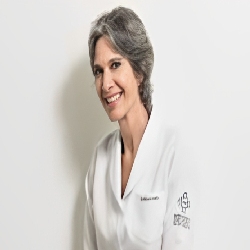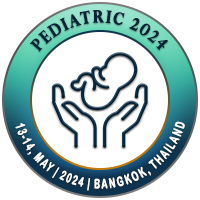
Vera Lucia Nocchi Cardim
Portuguese Beneficence of Sao Paulo, BrazilTitle: Functional aspects of the hyperteleorbitism treatment
Abstract
In congenital
malformations, Hyperteleorbitism can be present both in fusion errors of
embryonic processes (Dysplasias) and in Craniofaciestenosis (Dysostosis). It
has variable degrees of presentation and in the last 70 years it has received
several treatment proposals.
Adapting the
treatment of Hyperteleorbitism to the anatomical and functional needs of each
type of manifestation, we analyze the main aspects of the available techniques:
·
In
cases of Hyperteleorbitism in which there is meningoencephalocele or the floor
of the anterior cranial fossa is very low, the concomitant expansion of the
skull is mandatory, to allow the accommodation of the brain tissue in response
to the medialization of the orbits. Failure to observe this precaution triggers
postoperative endocranial hypertension.
·
Osteotomies
that reach the orbital floor (Tessier Box) cause entrapment of tooth germs and
major sequelae of the middle third of the face growth.
·
The
craniofacial bipartition (Van Der Meulen) respects the morphofunctional units
of the face, adapting the vectors of masticatory forces and ensuring stable
results throughout growth.
·
The
isolated mobilization of the medial walls of the orbits when performed in grade
1 and 2 hyperteleorbitism does not cause enophthalmos and is a resolutive and
little invasive procedure.
Biography
Vera Lucia Nocchi Cardim completed her Ph.D. in general surgery from the faculty of Medicine Santa Casa de Misericordia de Sao Paulo. She is a Titular Member of SBCP (Brazilian Society of Plastic Surgery) and ABCCMF (Brazilian Association of Craniomaxillofacial Surgery). She is a reviewer of Revista RBCP (Revista da SBCP) Associate Member of ISCFS (International Society of Craniofacial Surgery). She is a member of the faculty of the postgraduate service in craniofacial surgery at Hospital BP – Sao Paulo, Brazil.

